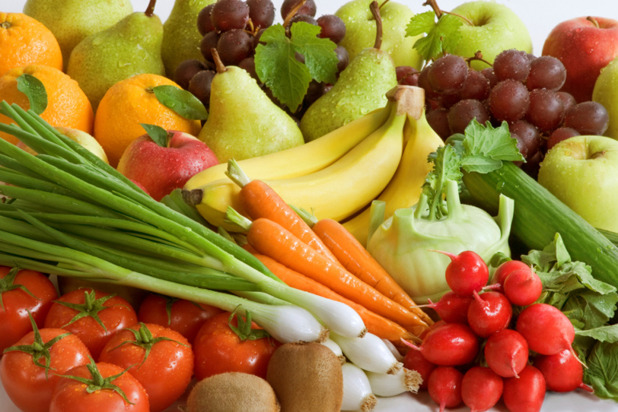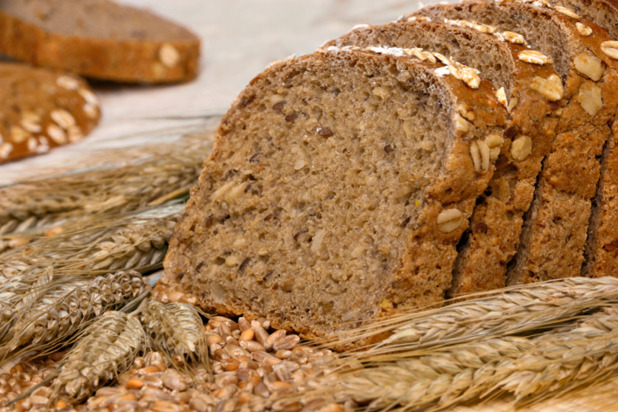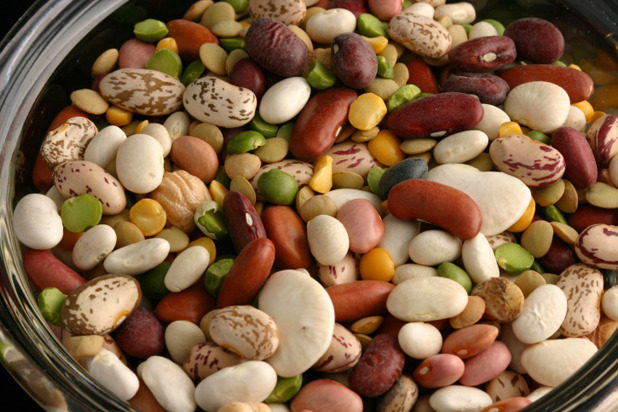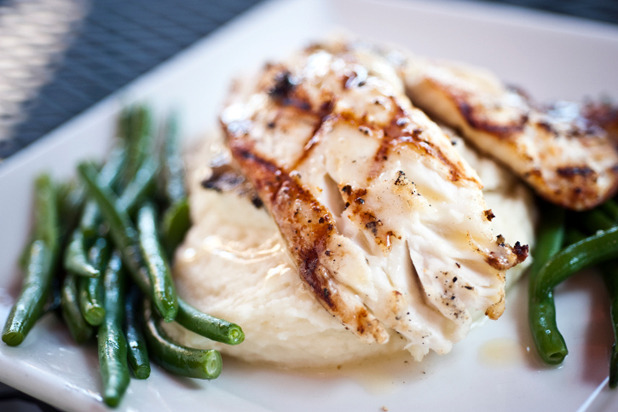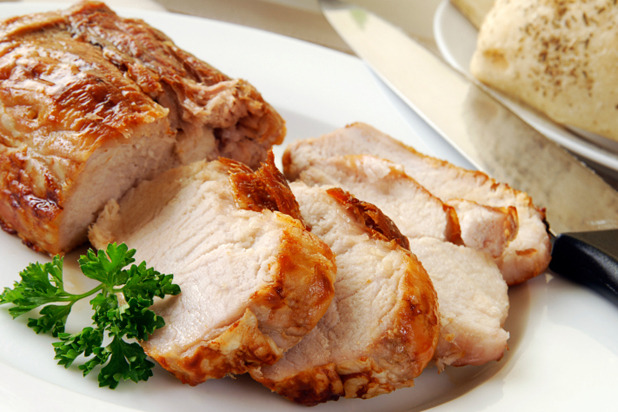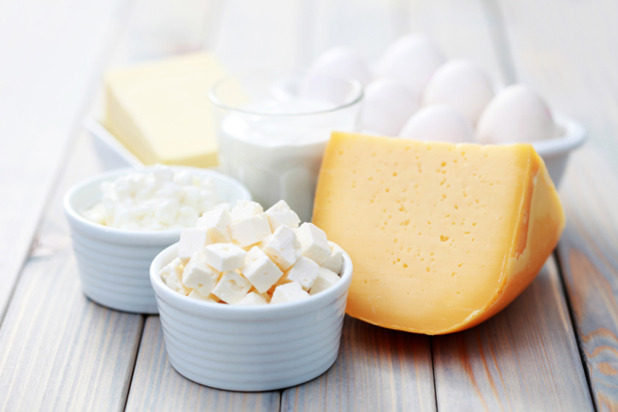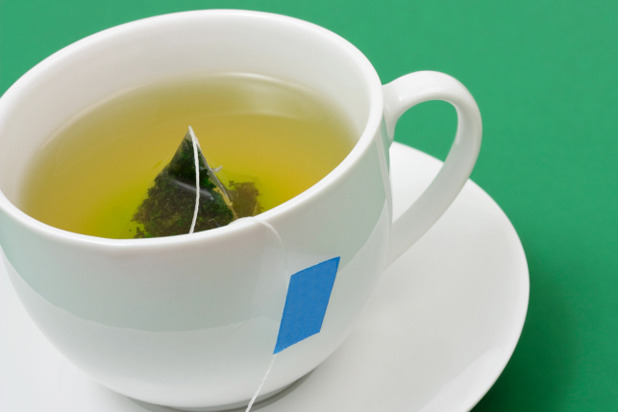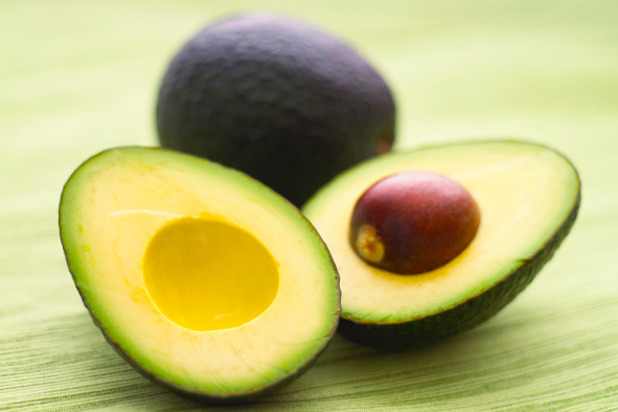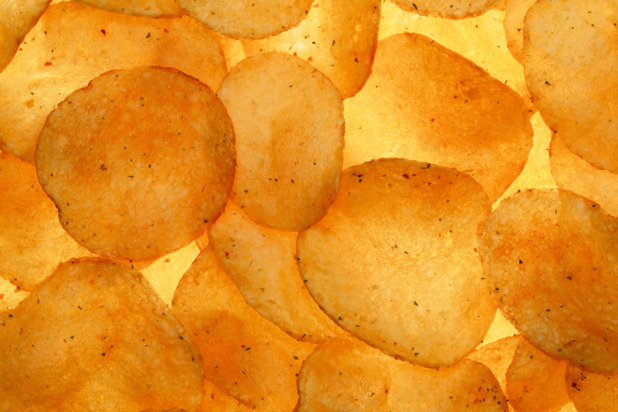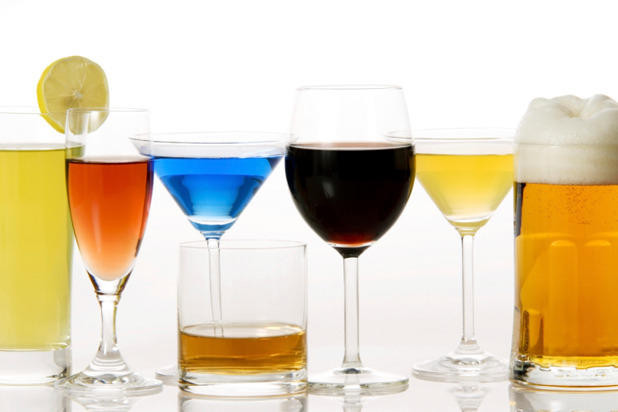What To Eat After A Prediabetes Diagnosis Slideshow
Start Loving Fruits and Vegetables
We're not talking about french fries and ketchup. You should be embracing nonstarchy veggies — such as spinach, carrots, broccoli, and green beans — since this type of vegetable has the fewest calories and carbohydrates. If you want to try something new to mix up your usual vegetable options, some of our favorites are Swiss chard, bok choy, and broccolini. Aim for a variety of colors in your fruits and veggies to ensure you benefit from the various nutrients the different kinds have to offer.
You have the option of fresh, frozen, and canned veggies, but buy the ones with the labels "no salt added" or "low sodium." And put that frozen creamed spinach and frozen buttered broccoli back on the shelf! Frozen vegetables with added sauces are higher in fat and sodium.
Avoid the frozen and canned fruits with added sugars. If you'd like to include dried fruit and fruit juice in your diet, go ahead. Just remember that even though they're nutritious, fruit juices tend to be high in calories and sugar, so make sure to factor that into your total calories and sugar intake for the day.
Get a Hold of Whole Grain
Scrap the white rice and bread from your pantry and replace it with brown rice and whole-wheat breads. Same goes for pasta. These days, the pasta aisle offers a plethora of replacements for regular, processed pasta — 100 percent whole wheat is probably best, but there are also other options like whole-wheat pasta made with spinach.
You're going to have to toss your Kellogg's Frosties cereal (37 percent sugar!) or any other cereals that are ridiculously high in the sweet stuff. Instead, choose whole-grain oatmeal or whole-grain dry cereals. Back in January, General Mills announced that more than 50 of its Big G cereals now have a white check on the packaging indicating that they contain more whole grain than any other single ingredient. Look for the white checkmark and check out the nutrition facts label to see if it's low in sugar.
If you think this whole-grain thing is going to limit your options and keep you from eating your favorite meals, think again. The ADA suggests choosing grain foods that have a whole grain listed as the first ingredient, which includes whole-wheat flour, whole oats/oatmeal, whole-grain corn/cornmeal, popcorn, brown rice, whole rye, whole-grain barley, wild rice, buckwheat, triticale, bulgar, millet, sourghum, and quinoa.
If you haven't jumped on the quinoa bandwagon, now's the time. Check out our story on the top 10 healthy quinoa recipes out there while you're at it.
Embrace the Bean
The ADA recommends including dried beans — such as kidney, pinto, and navy — into your meals. They're a tasty, low-fat source of protein, and it would be helpful to substitute them for the occasional meal's meat component. Like canned fruits and vegetables, be sure to look for the "low sodium" label on canned beans, and don't forget to rinse fresh beans before cooking. If you're craving refried beans, buy the fat-free kind.
Go Fish
Fish provide protein and are usually low in calories and fat. Fatty fish — such as tuna, salmon, and cod — offer the "good fat" that's packed with omega-3s, which have been shown to lower triglyceride levels and promote heart health. The ADA recommends adding fish or shellfish — like crab meat, shrimp, oysters, clams, and lobster (just no dipping in butter!) — to two or three meals a week.
Meet Lean Meat
This is where your love affair with bacon comes to an end. People with prediabetes need to watch their calorie and fat intake — even those without prediabetes should — which means you should only be eating lean cuts of meat. The ADA suggests choosing cuts of beef and pork that end in "loin," like pork loin and sirloin. Remove the skin and excess fat from chicken and turkey before cooking in order to reduce the total meal's fat and sodium content.
If you guessed you can no longer buy lunch from that hot dog stand around the block, you guessed right. If you're buying hot dogs or processed meats, like deli meats, at the grocery, choose the ones that contain less than 3 grams of fat per ounce.
One of our stories about how red meat can be part of a low-cholesterol diet includes a list of cuts of meat that are considered lean; you can find it here.
Dairy Diet
Dairy is a wonderful source of calcium that you definitely shouldn't cut out, but you're going to have to stick to 1 percent, skim, or unflavored soymilk, nonfat yogurt, and nonfat or low-fat cheese. The ADA recommends choosing cheeses that contain less than 3 grams of fat per ounce, such as cottage cheese.
If you're a big fan of omelettes, use egg whites or egg substitute. We know it looks kind of gross, but we promise it's really not that bad once you add your omelette fillings. Eliminating the yolk reduces the meal's calories, fat, and cholesterol content.
Skip the Soda
Soda comes with a serious shot of sugar and calories. One 12-ounce can of Pepsi contains 150 calories and 41 grams of sugar. Instead of regular soda, fruit punch, sweet tea, or other beverages high in sugar, make it diet or choose a low-calorie alternative like hot tea. In addition to being delicious, hot tea offers a variety of health benefits, which you can learn more about here. And don't forget about H20! It's zero calories, helps you stay hydrated, and can help you feel full when you're craving something unhealthy or are trying not to overeat.
Fat Facts
Avoid unhealthy fats and instead opt for a moderate amount — key word: moderate — of healthy fats, such as those found in fatty fish, vegetable oils, trans-free margarine, avocados, and nuts. Cook with liquid oils instead of solid fats like butter, which can be high in saturated and trans fats.
Ditch the Junk
The ADA says it's necessary for those diagnosed with prediabetes to cut back on high-calorie snack foods and desserts, such as chips, cookies, cakes, and full-fat ice cream. This might be the toughest part about your diet, but there are plenty of healthy swaps for your favorite indulgences. For example, instead of greasy potato chips, try making these roasted sunchoke chips. Try baking, steaming, or boiling what you usually fry.
Keep the Merlot to a Minimum
If you love your vino or beer, just make sure to drink in moderation. Just because calories are in liquid form doesn't mean they're not there. Just one serving of beer or wine can add a good amount of calories to your daily intake. Check out our Great Beeramid to find out how many calories and carbohydrates are in 55 popular beers. Avoid mixed drinks, which are typically packed with sugar and calories.
